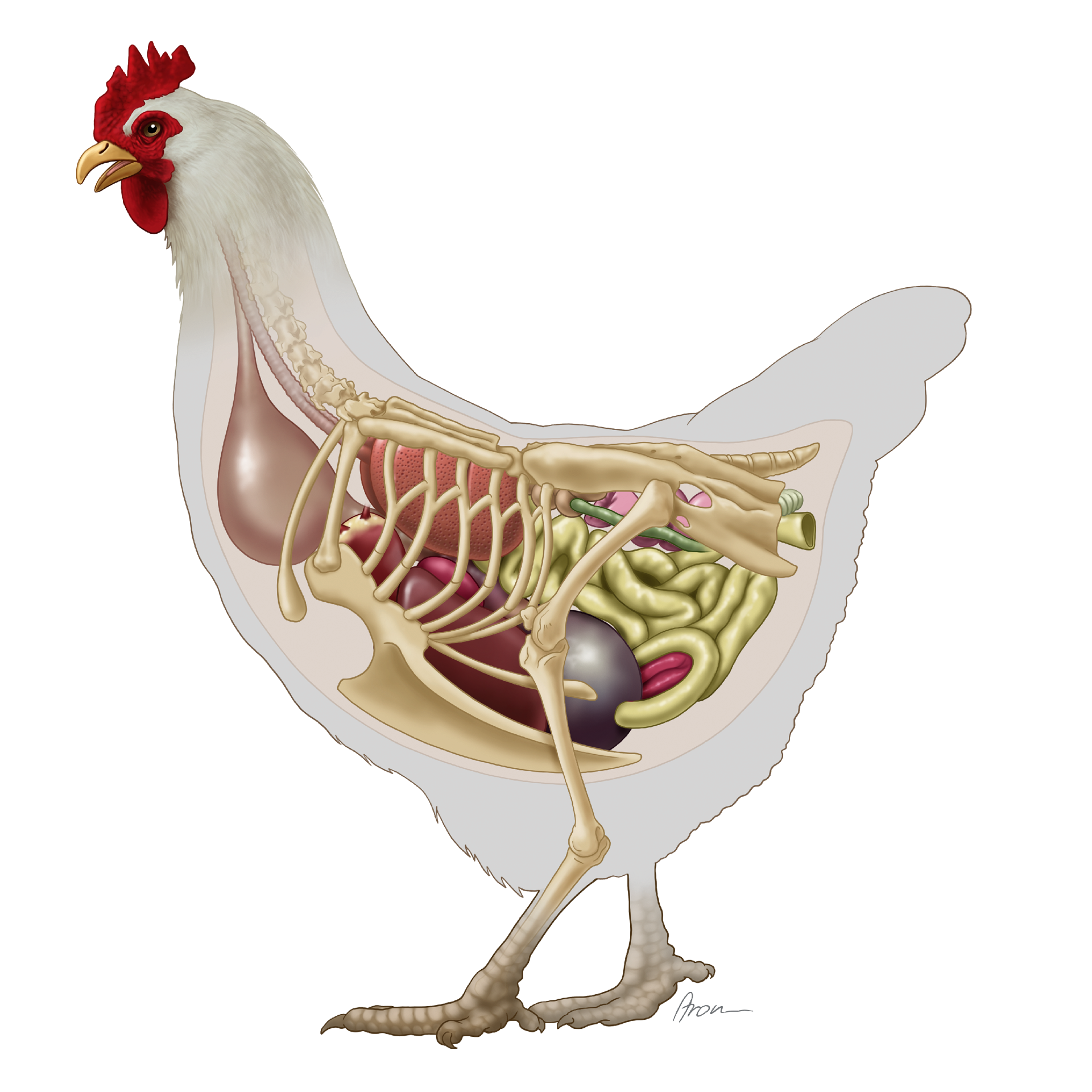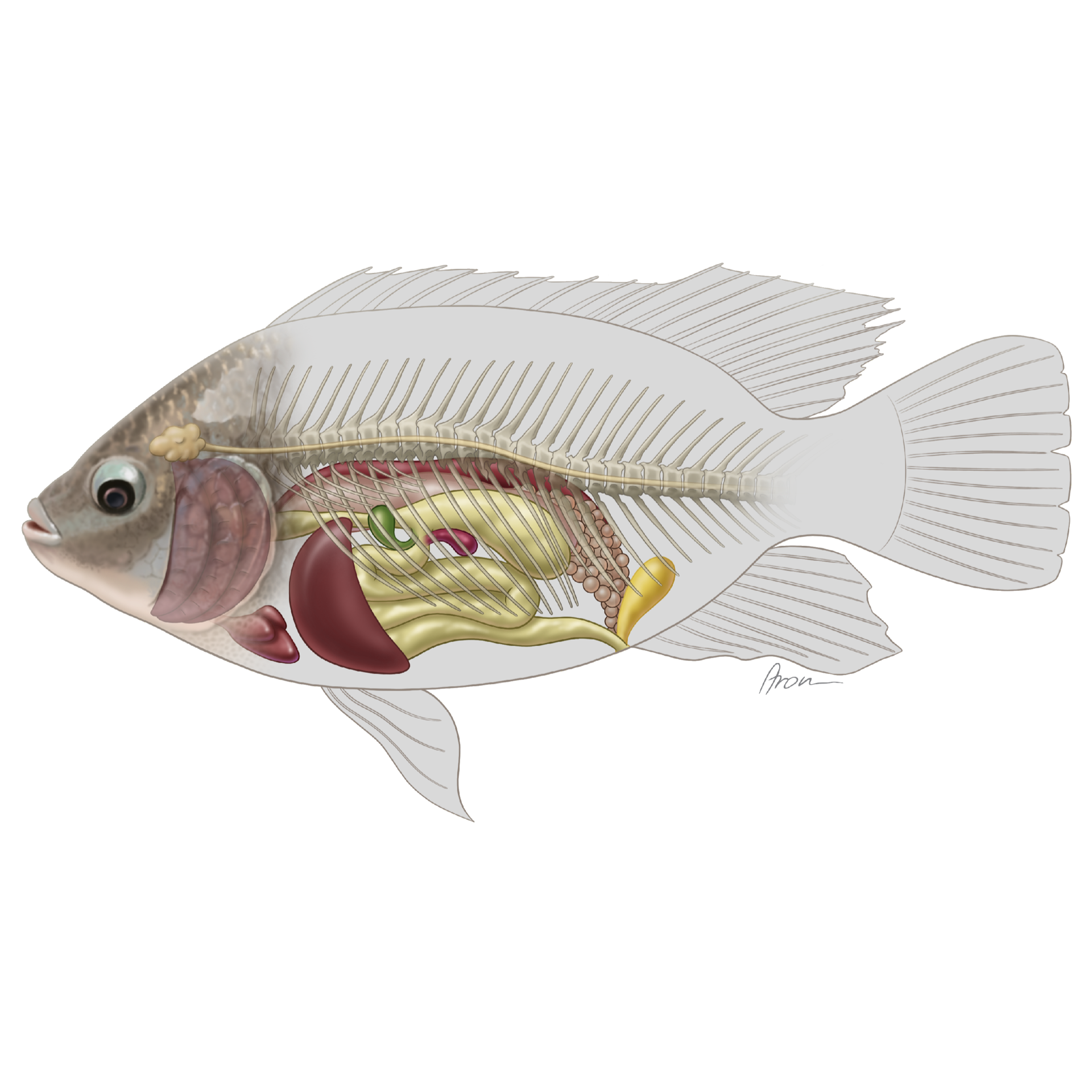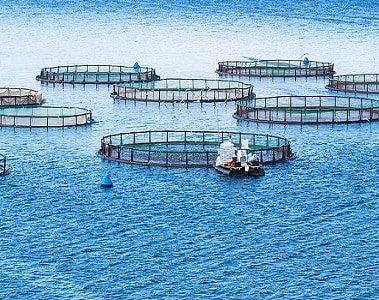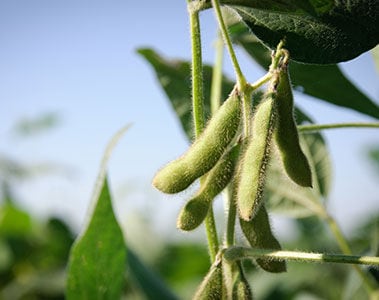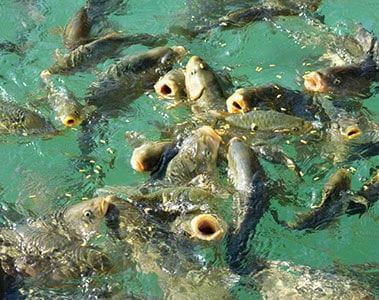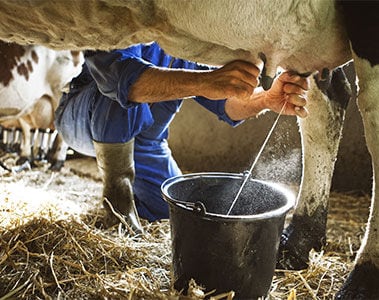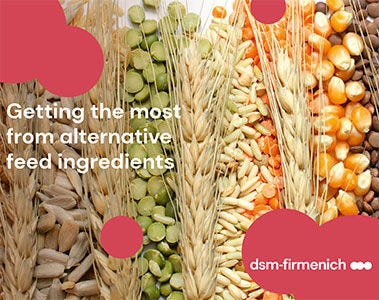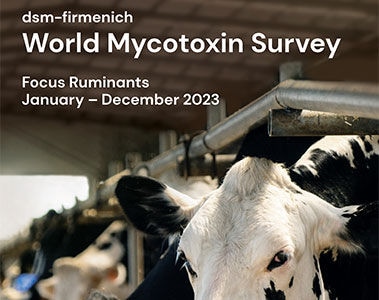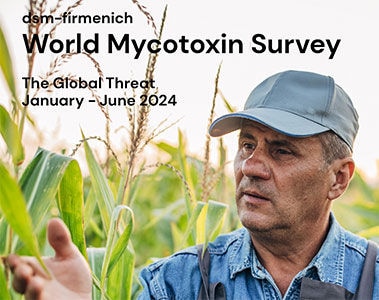Mycotoxin Deactivators
Our portfolio of feed additives represents the most state-of-the-art solution for protecting animal health by deactivating the mycotoxins that contaminate farm animal feed, either in the animal or in the feed itself. The safety and efficacy of our products are proven by 7 EU authorizations for substances that deactivate mycotoxins.
